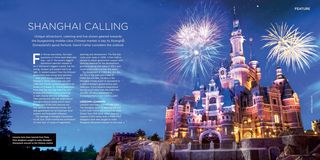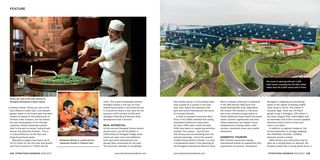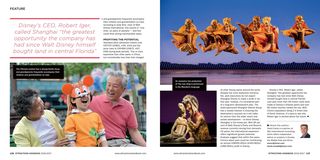For Disney executives, the main questions on China were when and how - not if. The world's biggest attractions operator needed to be in the world's biggest market, but the timing, location and project had to be right. It needed support from the Chinese government and strong local partners.
Until 1978 Disney characters were banned in China, and it was not until 1986 that Disney cartoons started to be shown on Chinese TV. Disney executives knew that the only way they'd be able to work effectively in China would be to work closely with the authorities. Their partnership with the state-owned Shanghai Shendi Group (which owns 57 per cent of the joint venture) not only secured development funds, but also guaranteed the all-important local support and favourable influence.
The opening of Shanghai Disneyland on 16 June 2016 marked the culmination of more than 17 years of negotiation, planning and development. The first site visits were made in 1999, it then took a decade to obtain government support and planning approval for the development, ground-breaking took place in 2011 and construction took a further five years.
The investment of US$4.8bn (€4.3bn, £3.7bn) in the park and a total of US$5.5bn (€4.9bn, £4.4bn) in the Shanghai Disney resort is equivalent to a third of Disney’s global theme park revenues. It is a massive expenditure but not much more than the US$4.4bn (€3.9bn, £3.4bn) investment in Disneyland Paris resort back in 1992.
Lesson Learned
Lessons have bveen learned from paris. The Shanghai resort is opening with just 1,220 hotel rooms and a modestly sized Disney Town RDE area, rather that the copious 5,000 rooms built in Paris. Park designers have also sought to make Shanghai Disneyland relevant to the local Chinese market. Ninety per cent of the food offered is Asian fare, a six-hectare garden space in the theme park has been created to appeal to the preferences of Chinese urban masses, and live shows are also firmly geared to the Chinese audience. Disney marketing material refer to the park as being “authentically Disney and distinctly Chinese”. This is a critical difference to the Paris and Hong Kong Disney parks.
[…]


